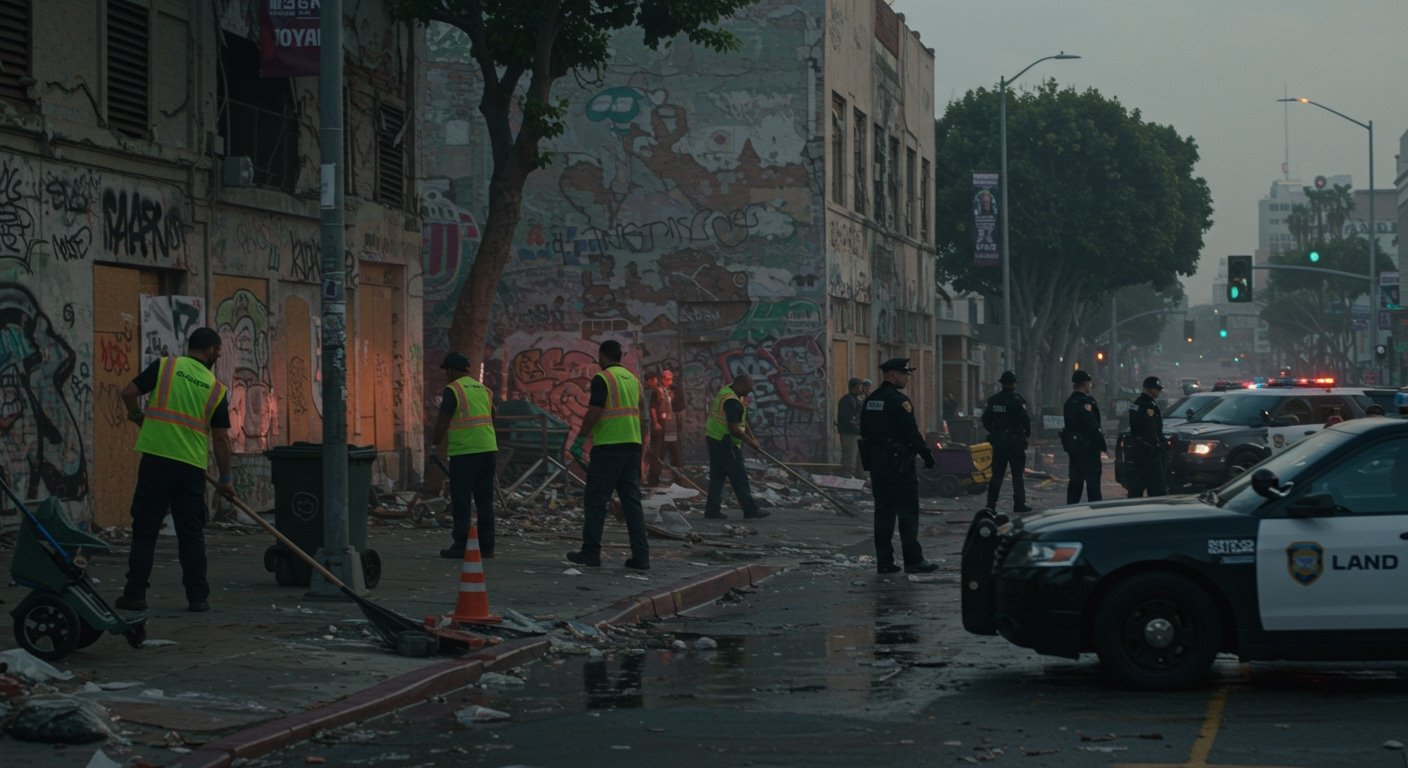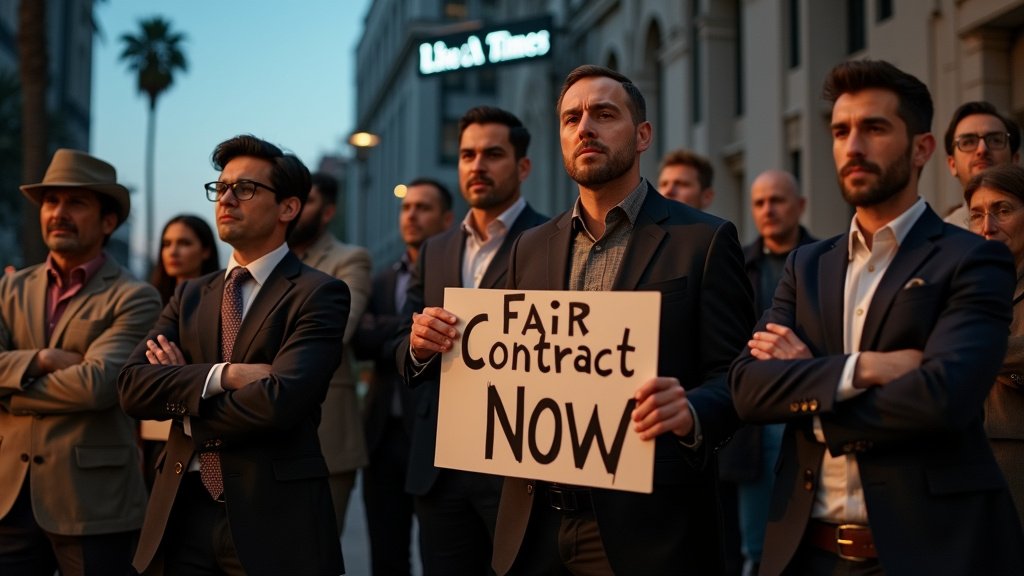Los Angeles, CA – Violent and destructive anti-Immigration and Customs Enforcement (ICE) protests that gripped Los Angeles have incurred a substantial financial burden on local taxpayers, totaling an estimated $32 million.
The significant cost was revealed in a report posted on the social media platform X by Los Angeles City Budget Chief, Controller Kenneth Mejia. The funds derived from city taxpayers are designated to cover a range of expenses directly attributable to the unrest, including emergency services, extensive cleanup efforts, and repairs for damage inflicted upon public property. Mejia’s report explicitly stated that the protests ultimately devolved into “riots.”
Financial Toll Detailed
The overwhelming majority of the reported $32 million cost, more than $29 million, accounting for 92% of the total, is attributed to the operational response by the Los Angeles Police Department (LAPD). This figure includes the costs associated with implementing citywide tactical alerts triggered by the scale and intensity of the demonstrations.
Beyond law enforcement, over $1 million has been allocated specifically for citywide cleanup initiatives and the repair of damaged public property. The remaining funds are distributed among various other city departments that were mobilized or impacted by the events. These include the Los Angeles Fire Department (LAFD), departments overseeing street services and general services, and even the tourism department, indicating the wide-ranging disruption caused.
It is crucial to note that the reported $32 million cost does not encompass potential financial liabilities stemming from lawsuits that may arise as a consequence of the unrest. Such legal actions could potentially add further costs to the city’s expenses related to the protests.
Events Unfold
The protests, targeting ICE operations and policies, involved violent clashes between demonstrators and the LAPD over a period spanning multiple days. The civil unrest escalated to a point that prompted a direct response from the highest levels of the federal government.
President Donald Trump authorized the deployment of both the National Guard and active-duty military personnel to Los Angeles in response to the sustained and violent nature of the demonstrations. This federal intervention underscored the severity of the situation facing local authorities.
Arrests and Legal Actions
In the wake of the protests and associated disturbances, multiple arrests were made by law enforcement. Among those arrested was 48-year-old Grzegorz Vandenberg. Mr. Vandenberg was subsequently charged with buying fireworks, an action that authorities linked to the activities during the protests.
Context of the Demonstrations
The protests were part of broader demonstrations across the United States concerning federal immigration enforcement policies and the operations of Immigration and Customs Enforcement (ICE). While many demonstrations are intended to be peaceful expressions of dissent, the events in Los Angeles, as reported by Controller Mejia and evidenced by the costs incurred, transitioned into destructive and violent confrontations.
Official Reporting and Future Implications
Controller Kenneth Mejia’s decision to release the detailed cost breakdown on the platform X provided the public with a clear accounting of the financial consequences of the unrest. His characterization of the events transforming into “riots” highlights the official city perspective on the nature of the disturbances.
The $32 million figure represents a significant expenditure of taxpayer money diverted from other potential city services or projects. The long-term financial impact could still increase depending on the outcome of any future litigation related to injuries, property damage, or other claims arising from the period of unrest.
The report serves as a stark illustration of the economic impact that civil disturbances, particularly those involving violence and destruction, can have on urban centers and their residents who ultimately bear the financial burden through taxes.





